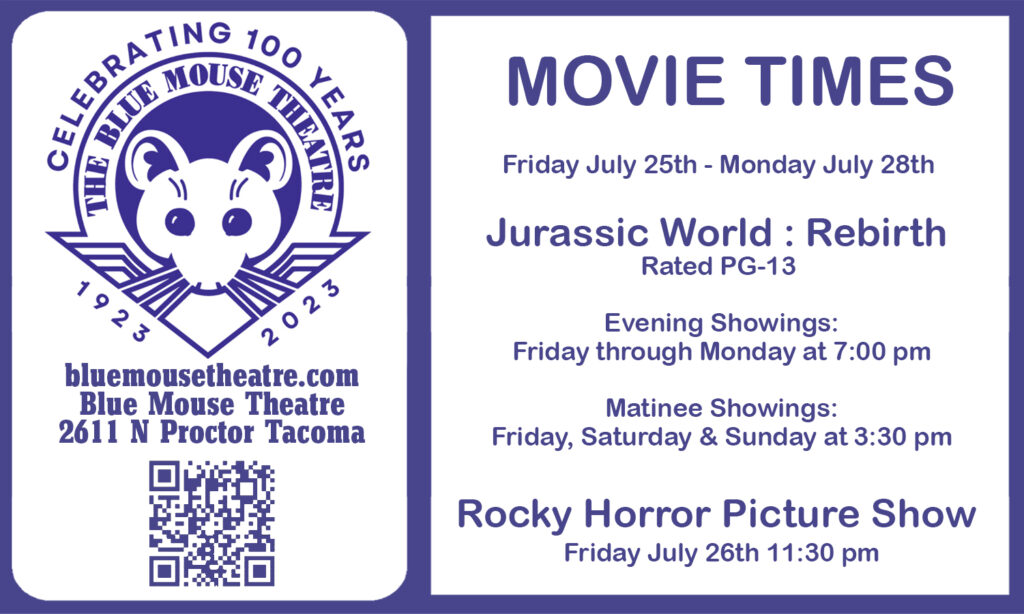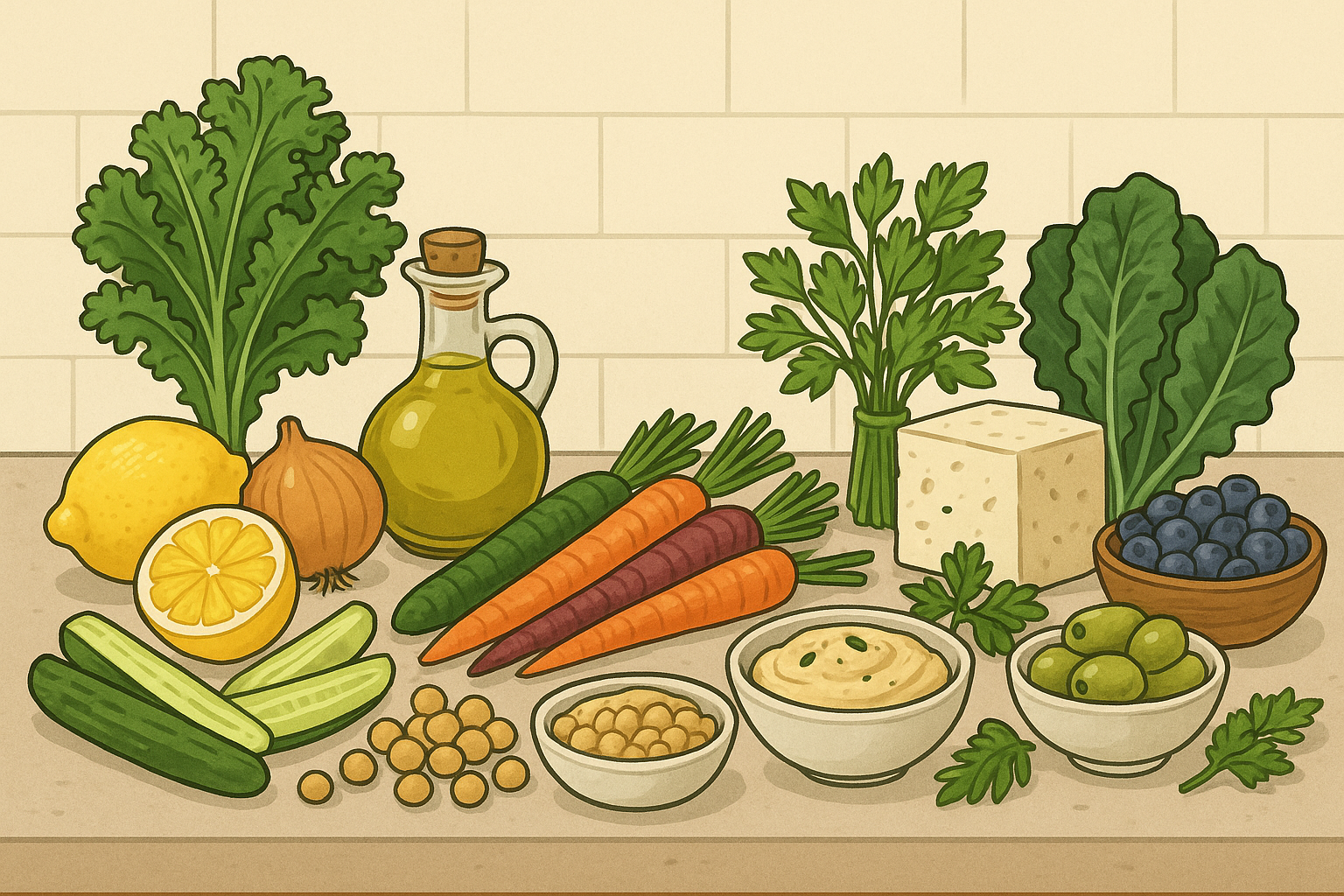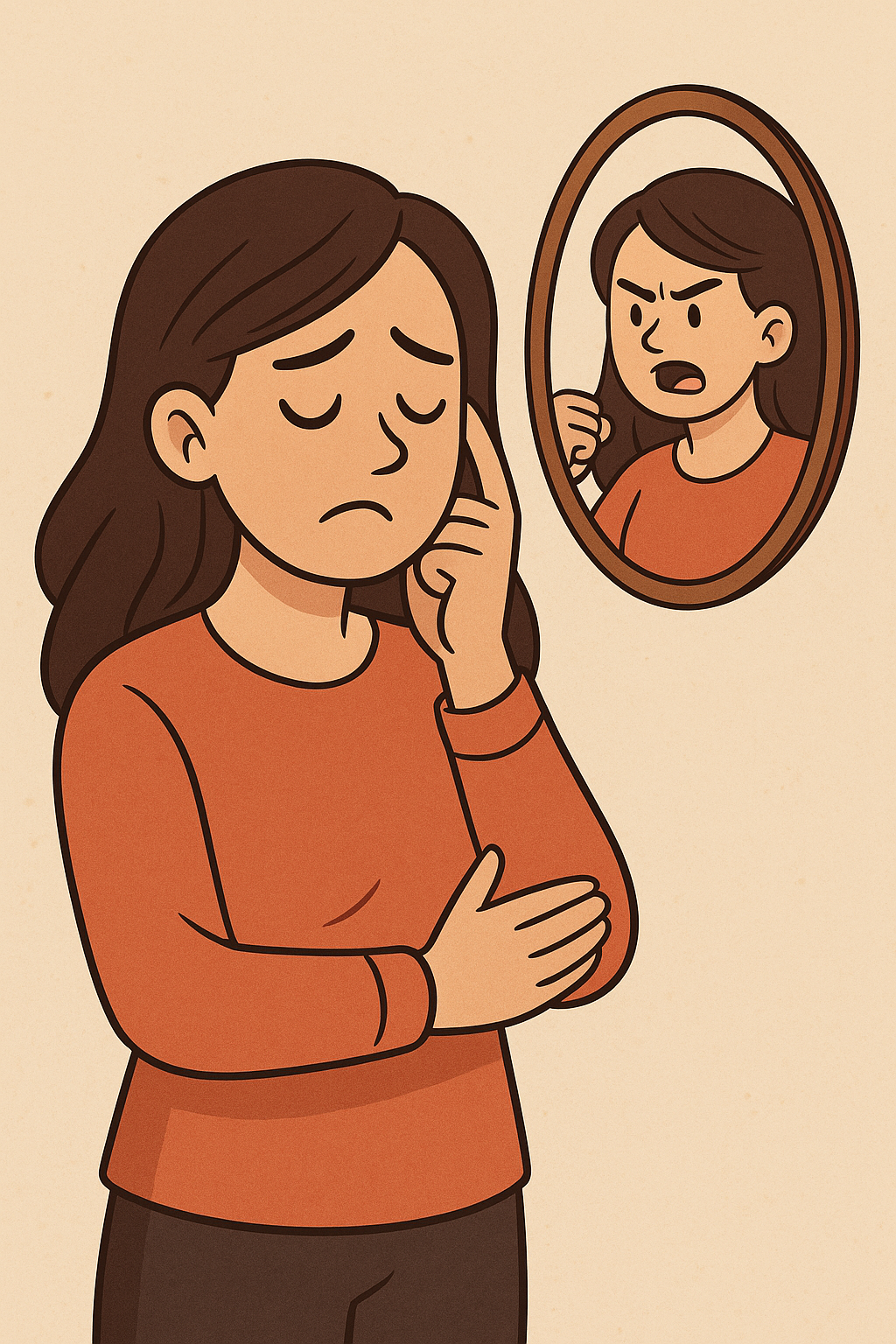BY AARDE WRITES for WEEKLY VOLCANO 7/25/25 |
Hey Aarde,
I’m not one to diet, but this heat has got me feeling like I need to make some changes so that I don’t have to buy an entirely new wardrobe. What small habits can I change that might help my overall health, weight, and happiness? I dislike gyms and am unsure if I want to dedicate too much time to exercising.
Signed,
Hungry Not Hungry
Hey Hungry Not Hungry,
Boy, do I hear you on this one! The heat has a way of making us feel quite swollen at times. Did you know that your body retains excess fluids during periods of high temperature? Heat edema happens when the expansion of blood vessels causes excess fluid to accumulate. Often, one can alleviate this by staying hydrated and taking breaks from the sun by going to shaded or cooled areas. To succeed, let’s discuss implementing foundational habits that are easy to maintain in the long term and offer proven benefits.
Since language is essential to how we process life, it can be helpful to define the word diet. Rather than it being a fleeting, trendy eating plan that often promises rapid weight loss and quick fixes, diet actually refers to the foods that a person, animal, or community habitually eats. This helps shift my perspective from missing out to including new and exciting foods. Instead of being considered a restrictive measure for eating, it becomes a challenge to get creative, culinarily speaking, and to explore new tastes.
I learned years ago that we should try to “eat the rainbow,” a phrase that encourages people to eat a variety of fruits and vegetables of different colors. The diversity within the colors offers a multitude of vitamins, minerals, and antioxidants that our bodies need. And when communities follow this rule of thumb, they often have longer life spans, healthier lives, better digestion, and stronger immune systems. It’s even been said that it helps with reproductive and sexual health by way of increased blood flow and balanced hormones (great for women who are entering perimenopause or menopause and want to avoid pharmaceuticals such as hormone replacement therapy).
It’s easy enough to say “eat the rainbow,” and at first, easy to grab some blueberries, some kale, a bunch of rainbow carrots even. However, not everyone likes beets and kale. And what do you even do with those rainbow carrots?
One afternoon, I searched for the healthiest, longest-living communities and found several places with one thing in common: their diets. Okinawa (Japan), Sardinia (Italy), and Nicoya (Costa Rica) are all considered “Blue Zones,” where residents primarily consume fruits, vegetables, and other plant-rich ingredients, including nuts, legumes, and whole grains. These cultures also prioritize social connection and physical activity in their lifestyles.
Suppose you heard that description and immediately felt put off due to the lack of meat proteins—I get it. I’m not sure I can continue on earth if cheese is not a part of my life. Fortunately, there is a similar diet that offers some freedoms for meats and cheeses: the Mediterranean menu! Mediterranean foods are well researched and provide heart-healthy options for eating, as well as cultural fluidity. I suggest researching both plans and finding a few recipes that sound delicious to you.
And if you don’t like cooking, I suggest finding joy in the tagine experience. A tagine is a North African cooking vessel that features a cast-iron base and an often ceramic or other earthenware conical lid, used to slow-simmer foods on the cooktop, resulting in rich flavors and tender meats. Enjoy items from around the world such as preserved lemons, chickpeas, and saffron. I’ve found mine to be extremely easy and addictive; plus, the spices used in Moroccan dishes elate the eater with their bold fragrances and anti-inflammatory effects. And once you adorn your spice cabinet with new items, every time you open it, the scintillating scents will urge you to experiment. Start small with spices that smell good to you (if you dislike cilantro, look for recipes that don’t include it or consider using a substitute). Impress yourself and your friends with amazing, simple recipes that are also great for your health!
Local culinary specialist Christy Reedy, of Liberté du Monde Gourmet (www.libertedumondegourmet.com), offers a selection of tagines and exceptional spices in her shop for your culinary adventure. Some of my favorite recipes include titles such as Chicken Tagine with Olives and Preserved Lemons, Moroccan Lamb with Apricots and Mint, or White Fish with Chermoula and Vegetables. Excite your lunch hour with a grazing of a mezze board (a Mediterranean charcuterie board), which is full of satisfying flavors.
Here is a mezze recipe to get your mouth watering, from www.ainttooproudtomeg.com:
Produce
Radishes, quartered
Lemon, sliced
Cherry tomatoes, halved
Cucumber, cut into spears
Artichoke hearts
Figs, halved
Chickpeas
Carbs
Pita bread
Accoutrements
Garlic hummus
Tzatziki
Dolmas (stuffed grape leaves)
Green olives
Goat cheese–stuffed peppadews
Tabbouleh
Cheese
Feta
Garnish
Roasted chickpeas
Parsley
Cucumber ribbon
Olive oil
How to Make a Mezze Board
Add the hummus, tzatziki, and olives to separate bowls—space out on the board to anchor it. Arrange the dolmas, feta, and tomatoes around the tzatziki and the tabbouleh and artichokes around the hummus. Add the cucumber spears, stuffed peppadews, pita, and radishes around the edge of the board. Fill in any holes with the figs. Garnish the hummus with a drizzle of olive oil and the roasted chickpeas, then top the tzatziki with the parsley and cucumber ribbons.
By introducing health-conscious options that your tummy will approve of, you won’t have to worry about hitting the gym, because with a few dietary changes, you’ll start to feel lighter, which will naturally lead to more movement. Just remember, eating is beautiful, fun, and an excellent way to let your taste buds travel the world. Start small and find what works for you!
Do you have a question for Ask Aarde? Email her at jdaarde@gmail.com.






